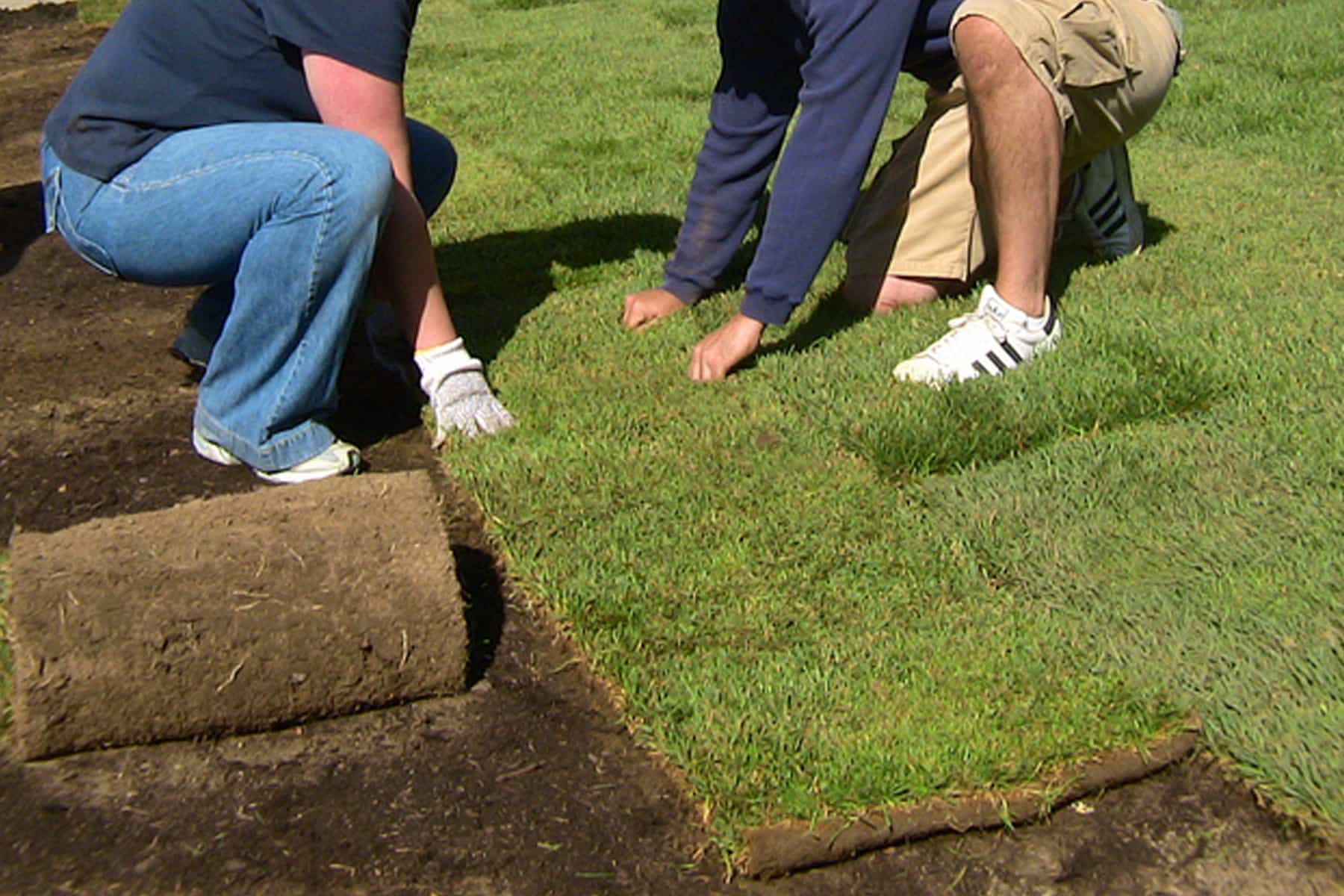When builders leave, your new home may look impeccable, but construction site antics can leave your soil looking bare, nutrient-deprived, compacted, and in poor condition. Given the detrimental effects of construction on soil quality, Experts recommend that construction managers and homeowners devise strategies to combat construction projects’ adverse effects.
Besides purchasing a high-quality grass seed such as this, engineered to endure more volatile conditions, you’ll need to follow the below tried-and-true tips and tricks for seeding post-construction. Additionally, you should familiarize yourself with lawn issues homeowners of newly-constructed properties are bound to run into, so you can prepare for the worst-case scenarios looming just beneath your property’s topsoil.
Once a construction project is complete, homeowners are likely to experience common landscaping issues like unsightly construction debris, resulting from unused bricks, concrete rubble, nails, bits of PVC, and so forth. Furthermore, a recently-completed construction project can leave topsoil in poor condition due to constant digging and utility trenching.
If you’re the owner of a newly-constructed home, you may be dealing with severely nutrient-depleted soil that needs treatment before planting. Once the project wraps-up, the next step is to figure out how to maintain outdoor spaces that enhance your property’s overall appearance. s
Consider your soil
The soil around brand-new or newly-renovated houses often isn’t prepared to sustain grass seed, given its incredible low quality. Because contractors usually use subsoil from surrounding areas, your soil may be deficient in microbes, nutrients, and insects that improve the soil structure.
Furthermore, builders remove topsoil while digging and plants. Because plants can’t survive without the topsoil, the homeowner in question will need to add topsoil and redistribute it across the site. By spreading topsoil over existing soil, you can create an additional layer conducive to water penetration, facilitating plants’ growth.
Given the soil’s low quality after construction, it’s best to conduct a soil test to pinpoint the nutrients lacking and adjust your soil quality to enable the growth of your newly-seeded lawn.
Clear construction leftovers
Dispose of construction debris such as nails, concrete, rocks, and packaging materials, as this debris may hinder the growth of grass down the road. Additionally, remove dislodged roots, which can be hazardous or interfere with your grass’s root growth.
Pick the right grass
If your contractor did a quick-seeding and it isn’t thriving, choosing the wrong grass variety could be to blame. For instance, grasses that thrive in sunny conditions won’t blossom in the shade, while cool-season variations will flourish in these stormy conditions. Remember, choosing the appropriate grass species for your climate is pivotal in guaranteeing a healthy and thriving lawn.
If unsure of the grass type best suited to your region, be sure to involve landscaping experts to establish grasses sure to thrive in your backyard. Otherwise, rushing to your local big-box stores won’t guarantee you the healthiest lawn on the block if you don’t select the correct grass type.
Planting grass seeds
After planting your grass, block off the area to allow the grass to establish itself. Homeowners should also keep the site well-watered. Depending on the type of grass, seeders may not need to mow until the grass reaches a height of between 2.5 to 4 inches.
In conclusion
Pay close attention to the time you plant. Cool-season grass varieties thrive when planted in the fall and spring. On the other hand, warm-season types flourish when planted in late spring to mid-summer.
Although you can plant particular grass varieties during the off-season, it would be best to consult your local lawn supply expert before seeding. Should you choose to plant your grass seed immediately following construction, you may end up with a final product that’s far from visually-appealing.

